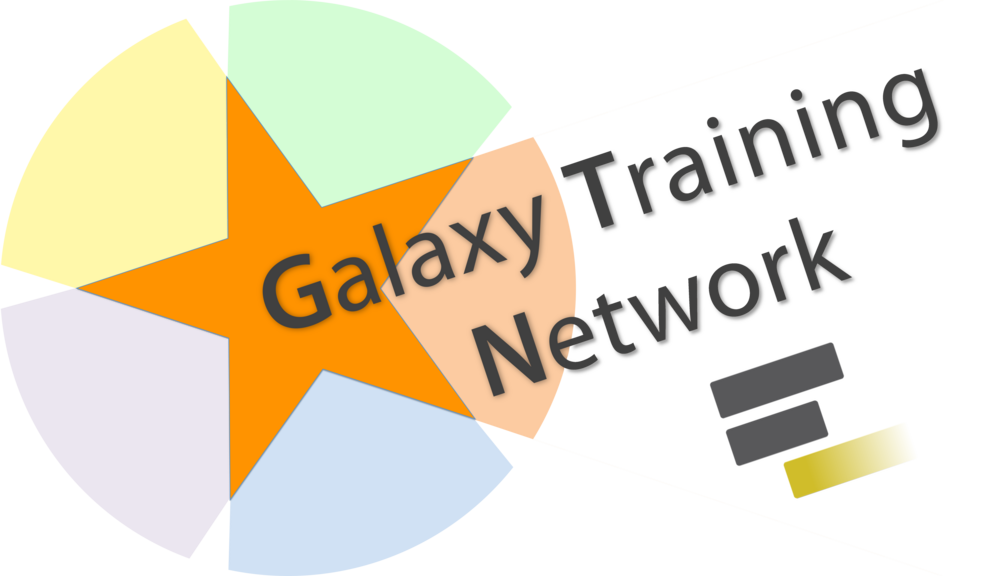| Author(s) |
|
Posted on: 2 February 2023 purlPURL: https://gxy.io/GTN:N00044
February marks Black History Month in the United States. This year we want to celebrate that by introducing a new theme (Click to Activate), and taking a look at one of the most famous Black figures in Science: Henrietta Lacks whose contribution to science went unremarked and unappreciated for decades while white scientists took credit for advancements built on her cell line.
Her cell line is the oldest and most commonly used human cell line Rahbari et al. 2009, and is the reason for large scale policy change, especially major regulatory changes in informed consent in the United States Beskow 2016. Unfortunately none of these changes happened quickly, it took until 2013 before her descendants could have a say in how her genetic material is used in NIH research University 2013.
Johns Hopkins
Henrietta was a patient at Johns Hopkins Hospital; Johns Hopkins University employs many of the core Galaxy Developers.
Johns Hopkins has announced the construction of a new building named in her honor, specifically focusing on research around bioethics: “The building will support the Berman Institute of Bioethics, the Johns Hopkins University School of Medicine, and additional departments, as well as collaborative space for education, research, and meetings.” University 2022
Bioethics
Lacks’s case is one of many examples of the lack of informed consent in 20th century medicine. Communication between tissue donors and doctors was virtually nonexistent (i.e. cells were taken without patient consent, nor were they told what the cells would be used for). Johns Hopkins Hospital, where Lacks received treatment and had her tissue harvested, was the only hospital in the Baltimore area where African American patients could receive free care. The patients receiving free care from this segregated sect of the hospital often became research subjects without their knowledge. Lacks’s family also had no access to her patient files and had no say in who received HeLa cells or what they would be used for. Additionally, as HeLa cells were popularized and used more frequently throughout the scientific community, Lacks’s relatives received no financial benefit and continued to live with limited access to healthcare.
We recommend the book “The Immortal Life of Henrietta Lacks” for further reading on the topic.
GTN Connection
The GTN has four tutorials that make use of HeLa cell line data. After reading about Henrietta and her impact on science, you might be interested in following one of these tutorials to learn about the applications of her cells, two on imaging analysis:
And two proteomics tutorials:
References
- Rahbari, R., T. Sheahan, V. Modes, P. Collier, C. Macfarlane et al., 2009 A novel L1 retrotransposon marker for HeLa cell line identification. BioTechniques 46: 277–284. 10.2144/000113089
- University, J. H., 2013 Family of Henrietta Lacks Will Have Say in How Her Genetic Material is Used. https://hub.jhu.edu/2013/08/08/henrietta-lacks-hela-cells-agreement/
- Beskow, L. M., 2016 Lessons from HeLa Cells: The Ethics and Policy of Biospecimens. Annual Review of Genomics and Human Genetics 17: 395–417. 10.1146/annurev-genom-083115-022536
- University, J. H., 2022 Johns Hopkins presents initial design of building named in honor of Henrietta Lacks. https://hub.jhu.edu/2022/11/13/henrietta-lacks-building-design-update/
